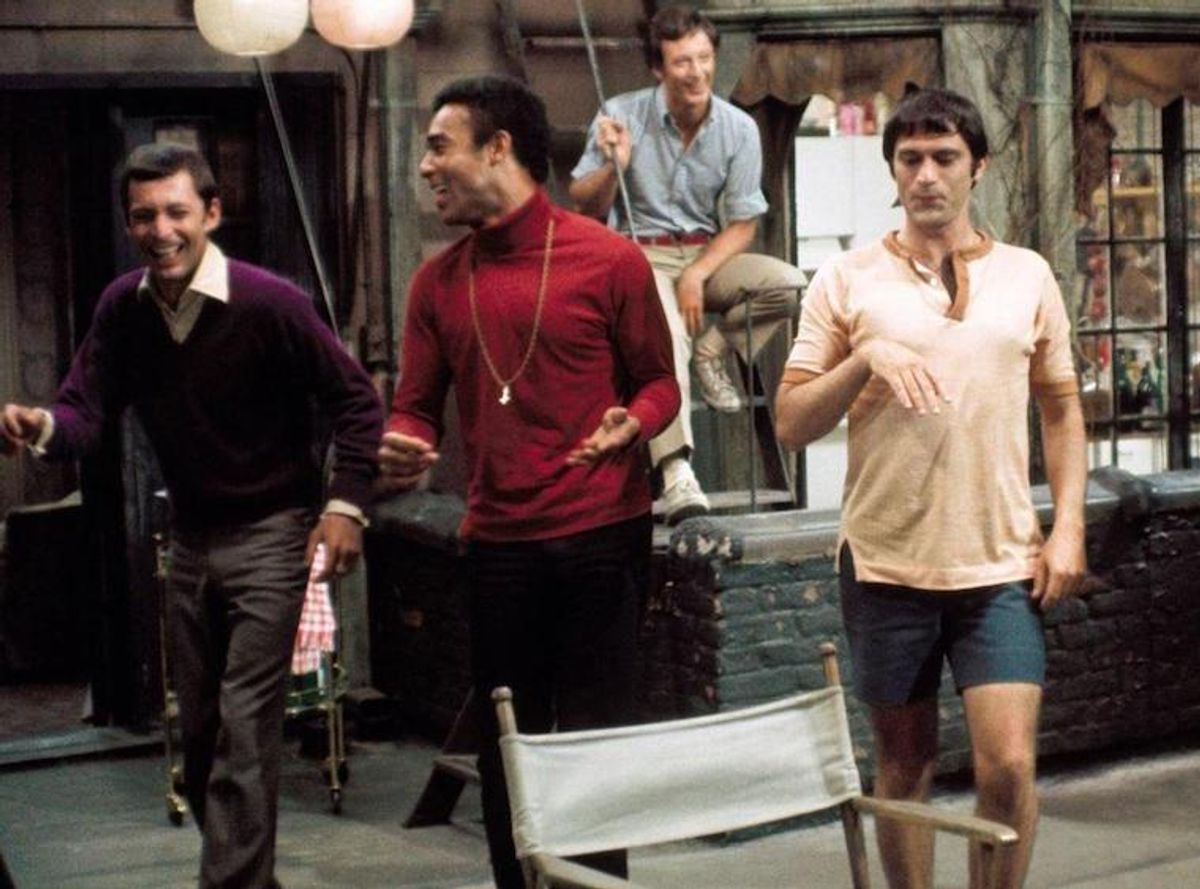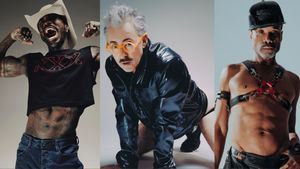Mart Crowley's The Boys in the Band is a product of its time. For better and for worse. To modern gay audiences, it might seem steeped in stereotypes and cliches--a group of self-loathing gay men getting drunk and cunting at each other at a birthday party. How revolutionary.
But it was. For audiences in 1968, this was the first view of homosexual life, as portrayed by a homosexual writer. These gay men weren't killers, or pedophiles, and they didn't die before the curtain closed--as was often the fate of queer characters in plays, movies, and on TV.
Crowley worked as an assistant to actress Natalie Wood, whom he met on the set of 1961's Splendor in the Grass, and her husband Robert Wagner. Wood, an ally among the Hollywood gays, helped Crowley produceThe Boys in the Band, which debuted off-Broadway on April 14, 1968 at Theater Four.
Audiences were reportedly shocked by the play and its overtly gay themes, but The Boys in the Band proved a success and ran for over 1,000 performances.
The play focuses on a birthday party for Harold, an acerbic and acid-tongue queen wallowing in booze and self-pity over losing his youthful looks and takes out his frustrations on his six friends including Michael, the party's host. Michael's going through psychoanalysis over the guilt he feels about being gay. Michael's allegedly straight friend Alan is also in attendance, along with a hustler only known as Cowboy, who is one of Harold's presents.
Harold and his friends trade barbs and insults and have a good old kiki, until things take a turn for the worse, a la Who's Afraid of Virginia Woolf?, thanks to a seemingly innocent but ultimately malicious party game. Each man must call someone in their life or from their past and tell them he loves them--a bad idea in general, made only worse when drunk. The gloves come off and everyone ends up in a pool of their own pity, except straight Alan, who calls his wife.
It's all a little much, but where the play was most successful was in its portrayal of gay men as human beings, not monsters, with actual thoughts and feelings, as well as victims of society's negative views of them. It may have also played an early hand in the victim narrative that plagues so many stories about gay men, even a full decade before the AIDS epidemic.
Still, The Boys in the Band was able to penetrate (pun intended) the mainstream, and in 1970 it was adapted into a film directed by William Friedkin--who's 1979 film Cruising is basically the cinematic equivalent of a hate crime.
The Boys in the Band, while not perfect, is a landmark for helping to change the way homosexuality is perceived and depicted--it's suggested (if not necessarily required) reading/viewing if only to understand gay life pre-Stonewall.




















































































Beware of the Straightors: 'The Traitors' bros vs. the women and gays